Search for a well-balanced dual-purpose bird
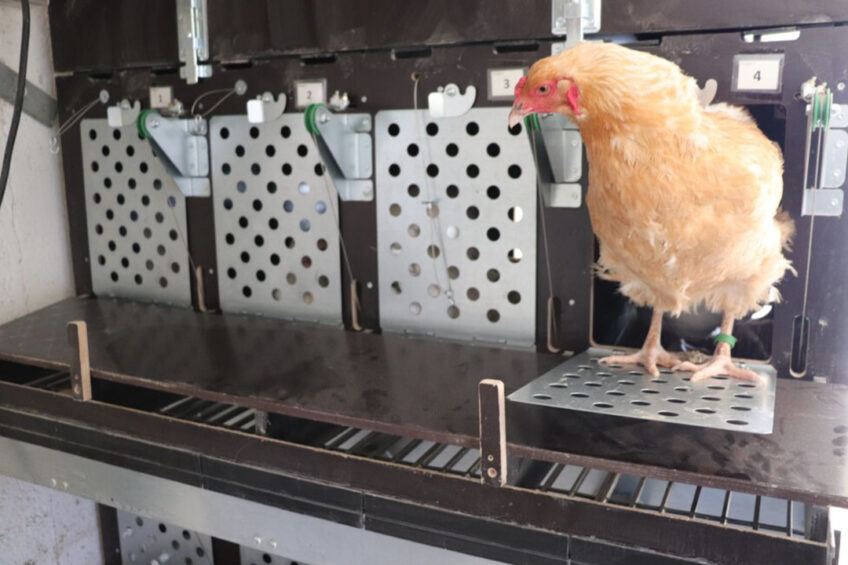
This article is part of our premium content.
You can read the article for free as a gift from us. Would you like to read more articles like this? For just €4,- per month, you have unlimited access to all our premium content.
Research in Germany supports the introduction of dual-purpose chickens. The project RegioHuhn is currently underway at 3 institutes and 19 Naturland farms with the aim of developing crosses of local breeds with high-performing hybrids. In addition, the Huhn³ project focuses on setting up a purebred breed based on well-balanced laying, growth and animal welfare parameters.
The German research into dual-purpose chickens began at the University of Bonn in March 2019. The reason for this large-scale research into dual-purpose hens was the ban on killing day-old male chicks (OKT) in laying lines.
Since 1 January of this year, laying hen farmers in Germany producing table eggs are legally obliged to be OKT-certified. In addition, Germany wants to move even further towards sustainable egg and poultry meat production in parallel to the in-ovo sexing of eggs.
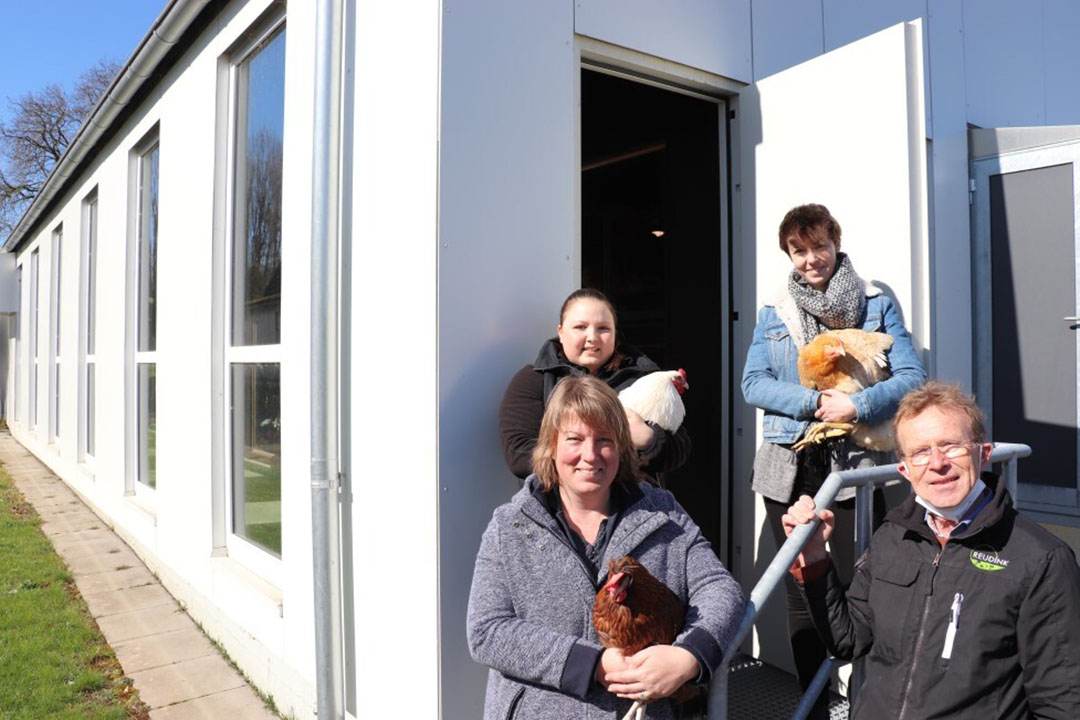
Both projects, RegioHuhn and Huhn³, are led by Dr Inga Tiemann of the Institute of Agricultural Engineering and focus on precision poultry farming. RegioHuhn is carried out by 3 German research institutes: the Institute of Agricultural Engineering of the University of Bonn, the Bavarian State Research Centre for Agriculture and the Friedrich-Loeffler Institute/Institutes for Farm Animal Genetics.
The German organisation Naturland is also involved in this study and practical research into dual-purpose chickens is being carried out on 19 Naturland poultry farms. Huhn³ focuses on the development of dual-purpose characteristics within 1 genotype, e.g., the English Ixworth, along with the description of management guidelines.
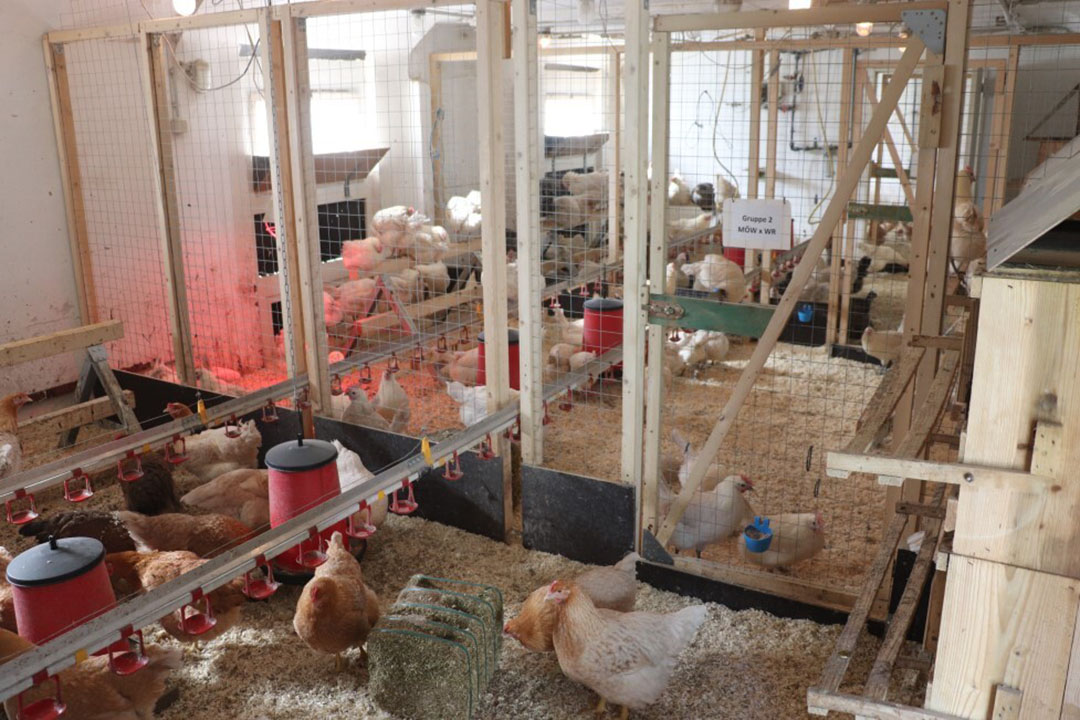
Approaches for dual-purpose
The goal of a dual-purpose chicken with a reasonable performance for both eggs and meat, as well as achieving high welfare levels, also form part of the Huhn³ project. The project is supported by the German state of North Rhine-Westphalia.
PhD student Senta Becker (MSc Animal Sciences) is leading the research on the Ixworth, a well-known dual-purpose breed although not in commercial use for decades.
As Becker explains: “This breed had already been specially developed in England as a dual-purpose breed. We are focusing on the development of – genetic – dual-purpose traits for laying performance in hens and growth performance in roosters. But we also need to adjust the management compared to hybrids, as dual-purpose chickens have different nutritional requirements.”
In a special barn on the grounds of the research centre Campus Frankenforst in Königswinter, 350 Ixworth hens and roosters are housed in separate pens. Special research laying nests are used in these houses so that the relevant parameters can be measured individually, such as the number of eggs, the size and weight of the eggs and the egg shell quality. Growth characteristics are measured too, such as weight and intermediate slaughter weights.
The other part of the study, RegioHuhn, is funded by the German Ministry of Food and Agriculture. At the same research centre there is also a modern barn with a viewing area and information boards about the research into dual-purpose chickens. The second part of the research is carried out in this barn, looking into what would be the best crosses to serve as regional dual-purpose hens for organic poultry farms in Germany.
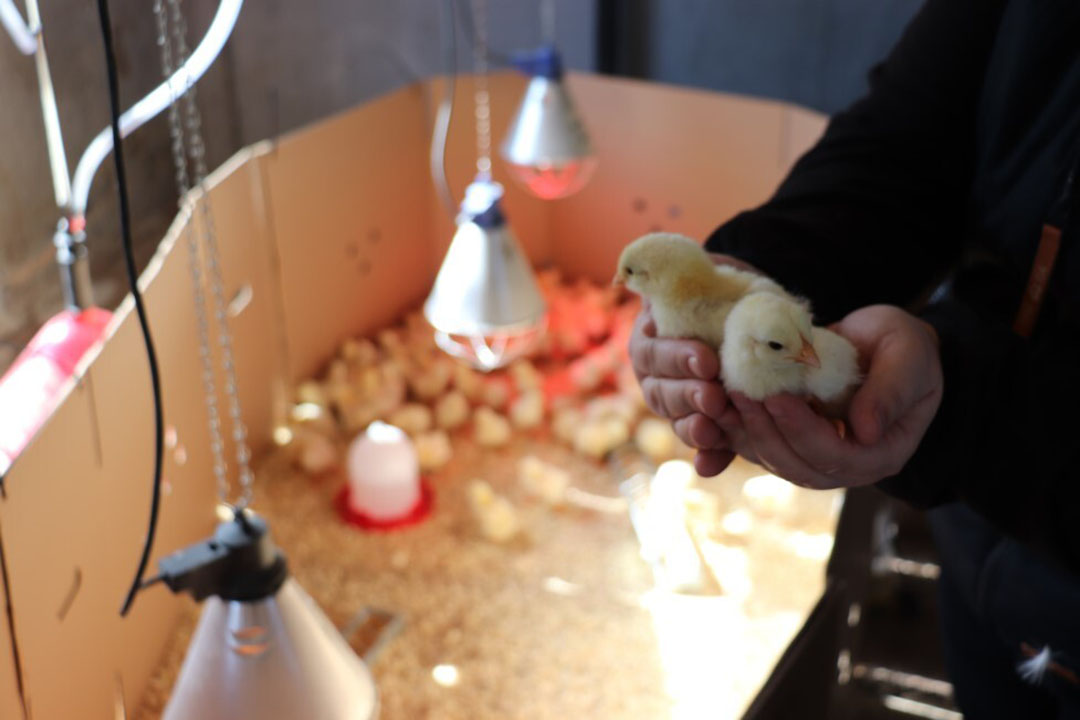
This project, RegioHuhn, is being conducted by PhD student Verena Meuser (MSc Animal Sciences), also from the University of Bonn. The breeds used in this study come predominantly from Germany, with some from Belgium and Austria. Regional ‘pure breeds’ are then crossed with parental lines of commercial hybrids, from laying hens (White Rock, Lohmann Breeders), as well as slow-growing broilers (Ranger Gold, Aviagen). The pure breeds crossed in RegioHuhn are Altsteirer, Augsburger, Ramelsloher, East Frisian Gulls, Malines and Bielefelder Kennhuhn.
“The roosters of these pure breeds are crossed with parental hens of conventional commercial genotypes from Lohmann and Aviagen,” says Verena Meuser. The offspring crosses for each purebred breed, one with Ranger and one with White Rock, are in an ongoing performance test in different barns.
“The ultimate aim of the research is to see which crosses give the best laying and growth results,” she explains. The results will be available early in 2023. Tiemann: “We hope that among all the crosses tested, there will be a couple that perform well in terms of laying persistence, as well as growth qualities and slaughter weight.”
Animal-specific performance data and animal behaviour are also a major focus. These observations are made daily, as far as possible, with the purpose of gaining the maximum information per individual, ranging from performance to practical handling, especially whether the hens are calm and easy to handle.
Genetic and feeding aspects
In August of this year another project will start in the context of research into dual-purpose chickens in Germany. “In that study, OekoGen, we will be examining the genetic aspects of dual-purpose chickens even more closely,” says Dr Tiemann. “So, we will look at health, behaviour and breeding programmes, as well as feeding and marketing opportunities. Welfare indicators covering the health of the animals, in particular, including robustness against bird flu, internal parasites and the strength of the bones, as well as behavioural coping strategies will be in focus.”
The feed for the research hens is supplied by Reudink, a producer of organic diets for mainly poultry, swine and ruminants (owned by ForFarmers, the Netherlands).
Ludger Beesten, a specialist from Reudink told us: “For 2 years we have been working with the University of Bonn and supplying special organic feed for the hens. The hens are fed with a special feed composition, without rapeseed cake.”
Together with the researchers at Bonn, Beesten looks at what is the optimum ration for each crossbreed. This turns out to be not a standard composition. “What we run into,” says Dr Tiemann, “is that we do not really know what ration these types of crossbreeds need. So we are also looking at that together with Reudink. The challenge is that the roosters actually need more energy in the feed and the hens get fat too quickly.”
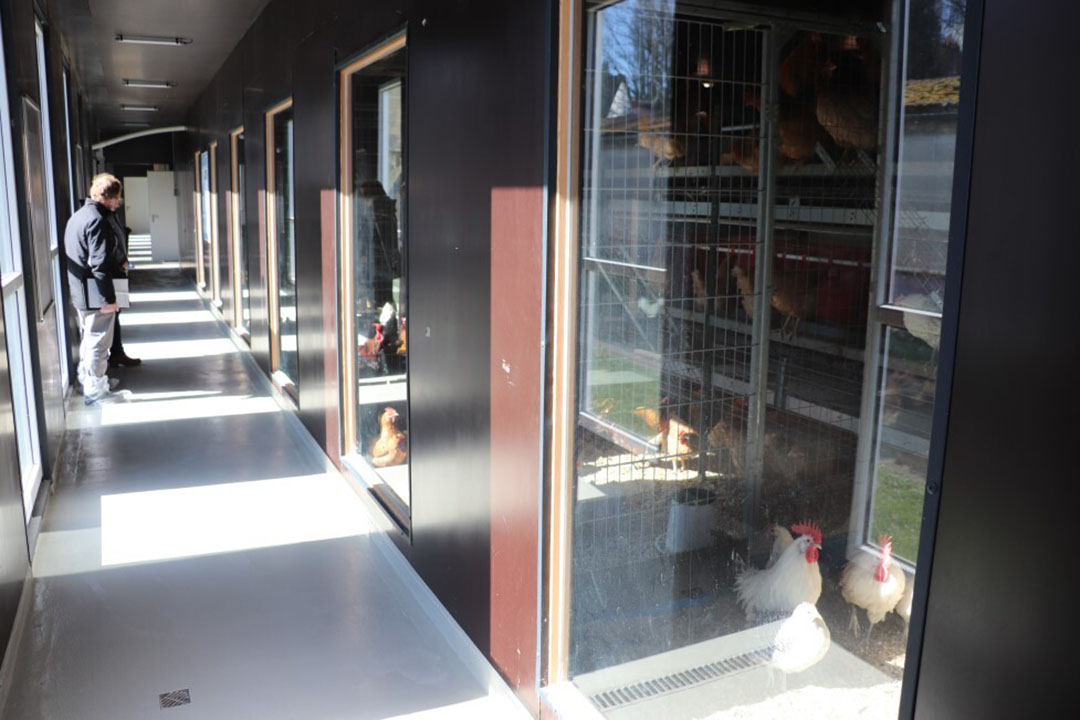
Life cycle assessment
According to Dr Tiemann, the animal welfare assessment in dual-purpose chickens is also very important. “The life cycle assessment provides a more complete picture. We check whether the chickens free-range easily, that they do not peck each other, how lively they are and whether they use their nests. For us that is the main goal of the current research but, of course, poultry farms also look at the economic performance of our crossings.”
Like the 19 German Naturland farms that are currently conducting practical trials with all the crossings. Besides performance, they look at the marketing scope for the eggs and poultry meat in the region.
It is still too early for results, says Tiemann. “The hens from the crosses are now only 30 weeks old. So which one is best still remains to be seen.”
The results of the projects will be published at the end of this year. Afterwards, the research will continue, says Becker. “Of course, we will continue to breed with those individuals laying the most eggs and that also perform well against the other parameters,” says Becker.
Meuser concludes: “We have noticed that commercial poultry farming is increasingly interested in our research into dual-purpose hens. The use of the crosses in commercial poultry farming is not yet on the agenda but it will happen as soon as the European market starts asking for it.”













